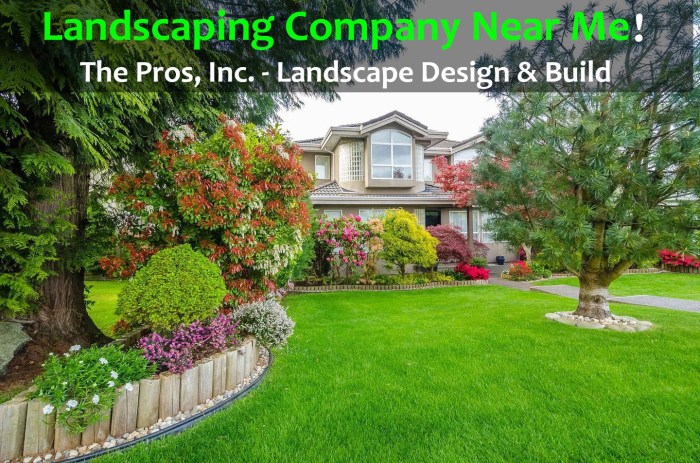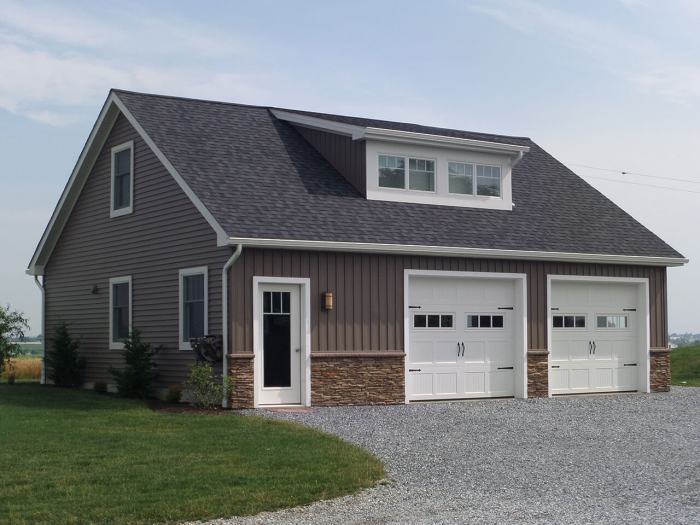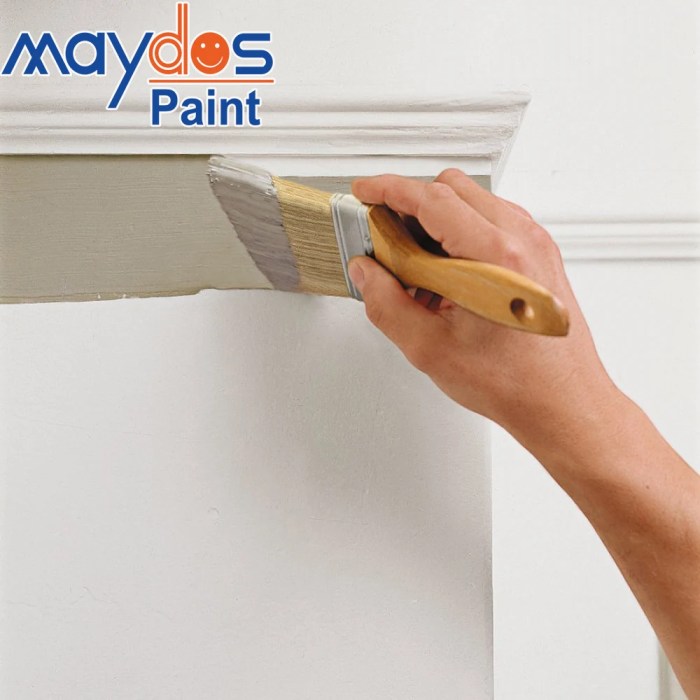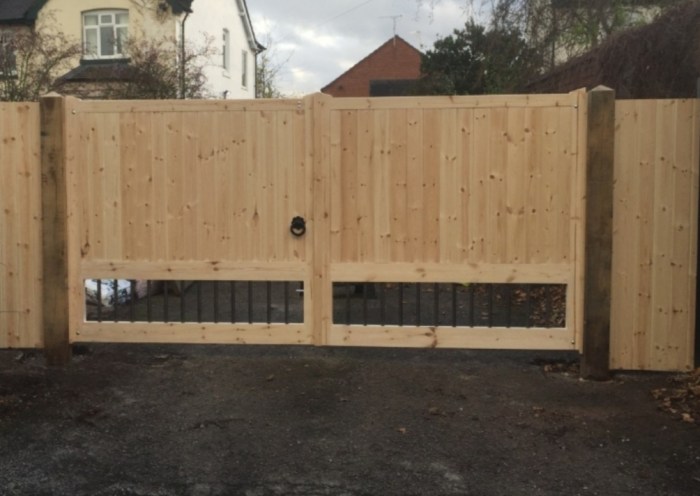Embark on a journey to discover the importance of home waterproofing solutions and how they safeguard your property from potential water-related disasters. From preventing mold growth to averting structural damage, explore the world of waterproofing with us.
As we delve deeper, we will explore the different types of solutions available in the market and their effectiveness in various scenarios.
Importance of Home Waterproofing

Home waterproofing is crucial for protecting your property from potential water damage. By ensuring your home is properly waterproofed, you can prevent costly repairs and maintain the structural integrity of your house.
Water infiltration can lead to various damages, including:
- Foundation cracks
- Basement flooding
- Roof leaks
- Wood rot
Preventing Mold and Mildew Growth
Waterproofing solutions not only protect your home from structural damage but also help prevent the growth of mold and mildew. Mold and mildew thrive in damp environments, which can result from water infiltration. By waterproofing your home, you can create a dry and healthy living space for you and your family.
Common Waterproofing Solutions
When it comes to protecting your home from water damage, there are several waterproofing solutions available in the market. Each solution offers different benefits and effectiveness depending on the specific needs of your home.
Waterproof Paint
Waterproof paint is a common solution for waterproofing basements and other interior walls. It creates a barrier that prevents water from seeping through the surface. While it is easy to apply and cost-effective, waterproof paint may not be suitable for areas with high water pressure or frequent water exposure.
Sealants
Sealants are used to fill cracks and gaps in walls, floors, or foundations to prevent water intrusion. They are versatile and can be applied to various surfaces. However, sealants may require regular maintenance and reapplication to remain effective over time.
Membranes
Waterproof membranes are installed on the exterior of the foundation to create a barrier against water penetration. They are durable and provide long-term protection against water damage. However, installing membranes can be labor-intensive and may require professional assistance.
Drainage Systems
Drainage systems, such as French drains or sump pumps, are designed to redirect water away from the foundation of your home. They are effective in managing water buildup and preventing flooding. However, drainage systems may require regular maintenance to ensure optimal performance.
Exterior Waterproofing Techniques
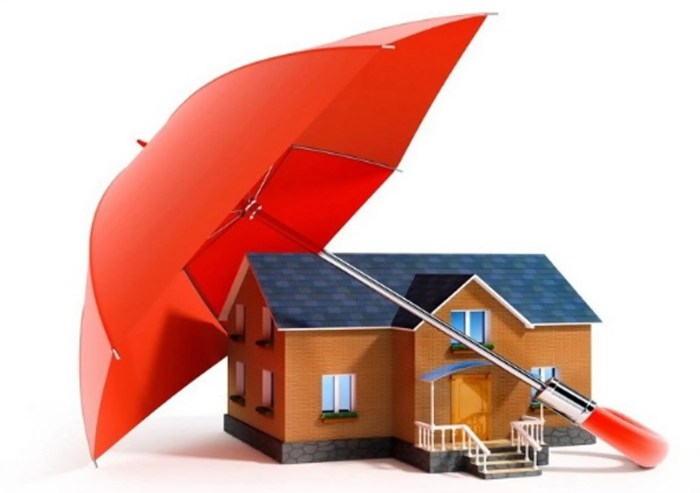
When it comes to protecting your home from water damage, exterior waterproofing techniques play a crucial role in keeping your foundation and basement dry. By creating a barrier between your home's structure and the elements, exterior waterproofing can prevent costly water intrusion issues.
Foundation Coatings
Foundation coatings are applied to the exterior walls of your home to create a waterproof barrier. These coatings help prevent water from seeping into the foundation and causing structural damage. It is essential to ensure that the coatings are applied correctly and maintained regularly to maximize their effectiveness.
French Drains
French drains are a popular exterior waterproofing solution that helps redirect water away from your home's foundation. By installing a perforated pipe surrounded by gravel, excess water is collected and directed to a drainage system, keeping it from pooling around your foundation.
Regular maintenance, such as clearing debris from the drain, is necessary to ensure proper function.
Landscaping Techniques
Proper landscaping can also aid in exterior waterproofing by directing water away from your home. Sloping the ground away from your foundation, installing gutter systems, and using plants to absorb excess water are effective ways to prevent water from accumulating near your home and causing damage.
Regularly inspecting and maintaining your landscaping features is essential for long-lasting results.
Interior Waterproofing Methods
Interior waterproofing methods are crucial for maintaining a dry and safe environment in basements and crawl spaces. By addressing interior waterproofing issues, homeowners can prevent water damage, mold growth, and structural problems within their properties.
Sump Pumps
Sump pumps are essential components of interior waterproofing systems. They are designed to remove excess water from basements or crawl spaces, preventing flooding and water accumulation. Sump pumps are typically installed in a sump pit and activated by a float switch when water levels reach a certain point.
Interior Drainage Systems
Interior drainage systems help manage water seepage and moisture buildup in basements and crawl spaces. These systems consist of drains installed along the perimeter of the interior walls or under the basement floor, directing water towards a sump pump or a drainage outlet.
By collecting and diverting water away from the foundation, interior drainage systems help prevent water infiltration.
Vapor Barriers
Vapor barriers are moisture-resistant materials installed on walls, floors, or ceilings to prevent water vapor from penetrating into the interior spaces. They create a barrier that blocks moisture from seeping through surfaces, reducing the risk of mold growth and water damage.
Vapor barriers are particularly beneficial in areas with high humidity levels or prone to water intrusion.Choosing the right interior waterproofing method depends on various factors, including the property's foundation type, the severity of water issues, and the budget constraints. Consulting with a professional waterproofing contractor can help homeowners determine the most suitable interior waterproofing solution for their specific needs.
Closure
In conclusion, home waterproofing solutions play a vital role in maintaining the integrity of your property. By understanding the various techniques for both interior and exterior waterproofing, you can ensure a secure and protected living environment for years to come.
Detailed FAQs
What are the common types of waterproofing solutions available?
Common types include waterproof paint, sealants, membranes, and drainage systems.
How can waterproofing solutions prevent mold and mildew growth?
Waterproofing solutions create a barrier that prevents moisture buildup, thus inhibiting mold and mildew formation.
Why is addressing interior waterproofing issues in basements important?
Interior waterproofing prevents water seepage into basements, which can cause structural damage and health hazards.
What are some tips for maintaining exterior waterproofing systems?
Regularly inspect and repair foundation coatings, French drains, and landscaping to ensure long-lasting waterproofing.

